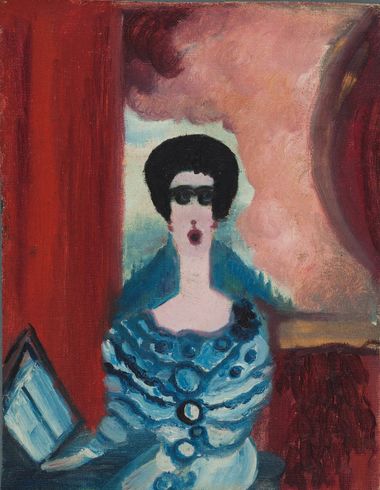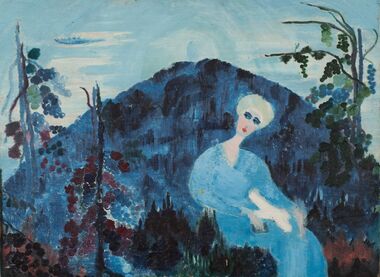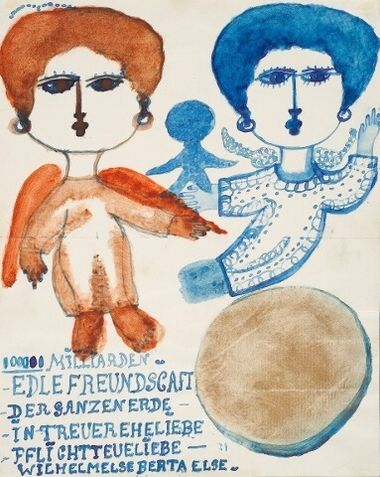Else Blankenhorn



(Karlsruhe 1873–1920 Constance)
Else Blankenhorn was the eldest child of an upper middle-class professor family. After graduating from the elite Victoria School for Girls, she took an active part in the social and cultural life of the royal residential city of Karlsruhe. Works of art and artists were familiar to her since childhood. She loved music, played the piano, sang and wanted to get involved in the Women's Association of Baden. Else Blankenhorn did not express any career aspirations; she was being prepared for marriage and family. However, to her disappointment, Max Freiherr von Holzing, whom she admired, married her best friend.
At the age of 26, still unmarried, she lost her singing voice; her doctor advised her to recover from this "state of exhaustion" in the Swiss Bellevue Sanatorium. Blankenhorn had to extend the planned short stay until 1902 because of "nervous crises." She went on trips with a caregiver, but then lived in seclusion, often with her grandmother. She took and developed her own photographs. When both her grandmother and her father died in quick succession, Else Blankenhorn was again plunged into a crisis, and in 1906 returned to the shelter of Bellevue, cared for by her personal caretaker.
There in 1908, she began to draw, to paint in watercolor and in oil, as well as to embroider tapestries and knit, translate, take photographs and make music. She developed a colorful visual cosmos. At the same time, committed to her "ideas", as the wife of Kaiser Wilhelm, she produced numerous "banknotes". She wanted to finance the salvation of all buried (but not deceased) pairs of lovers on behalf of the Emperor. For financial reasons, Else Blankenhorn was transferred in 1919 to the Reichenau sanitorium in Baden. She died in 1920 of complications following cancer surgery.